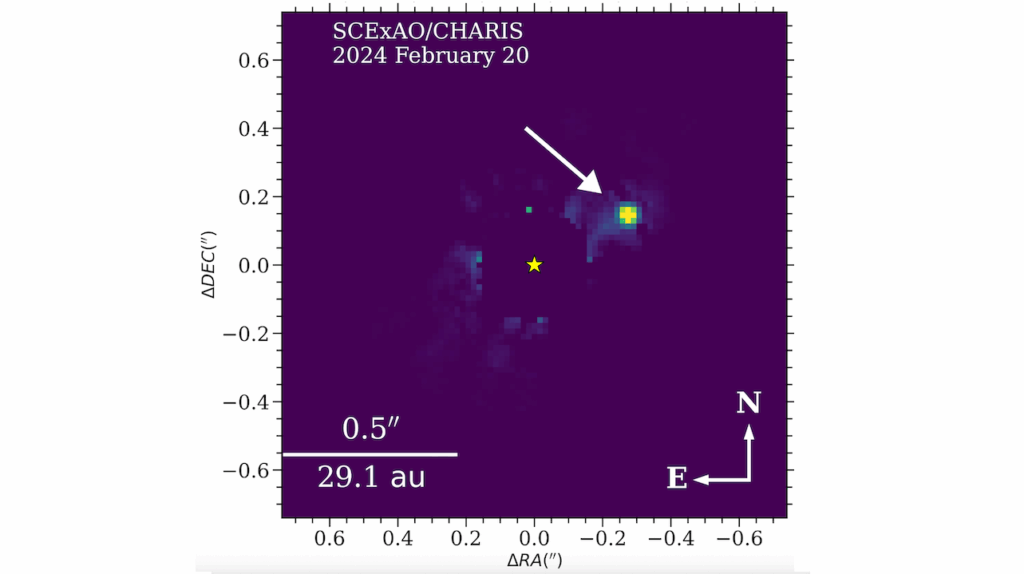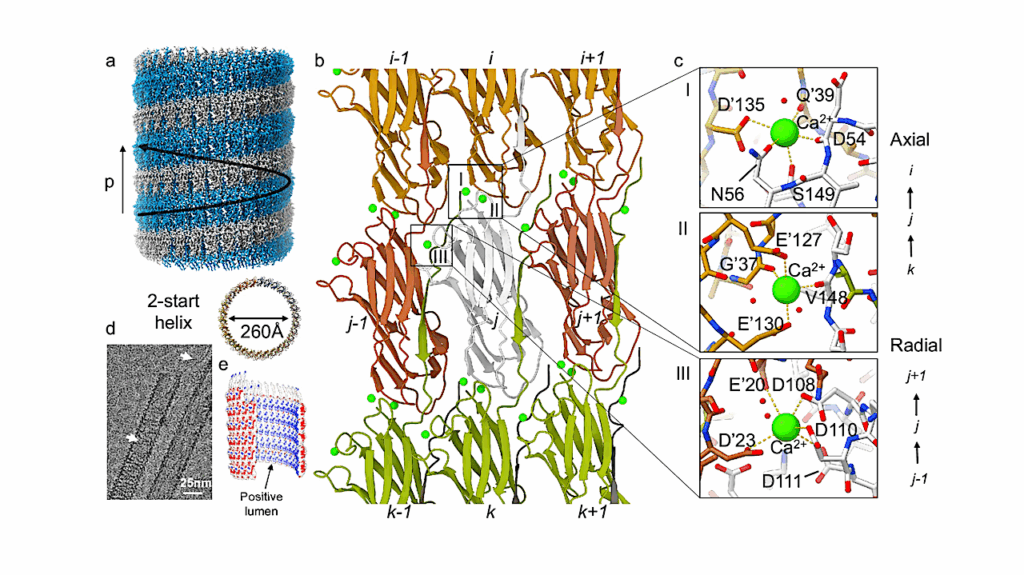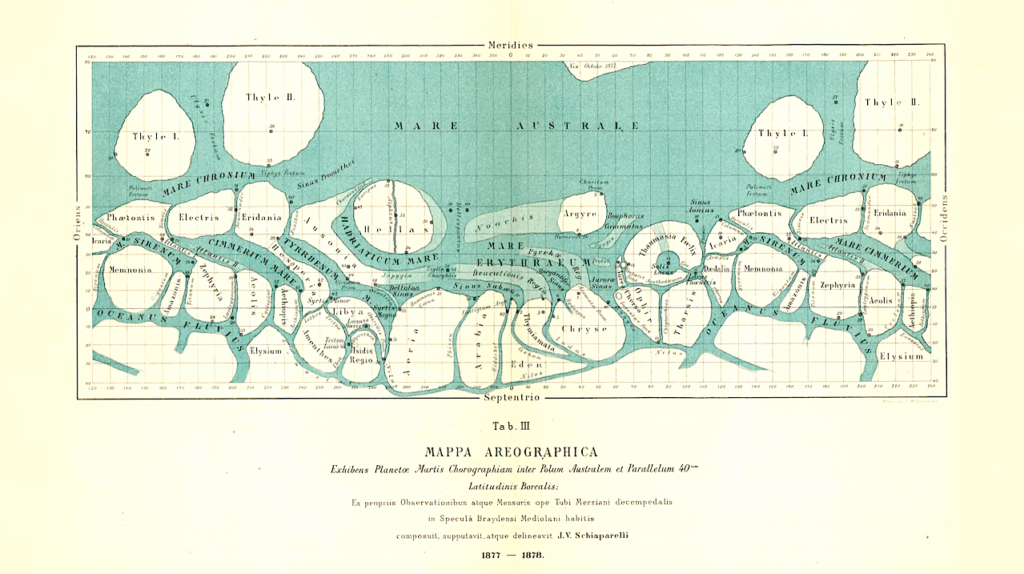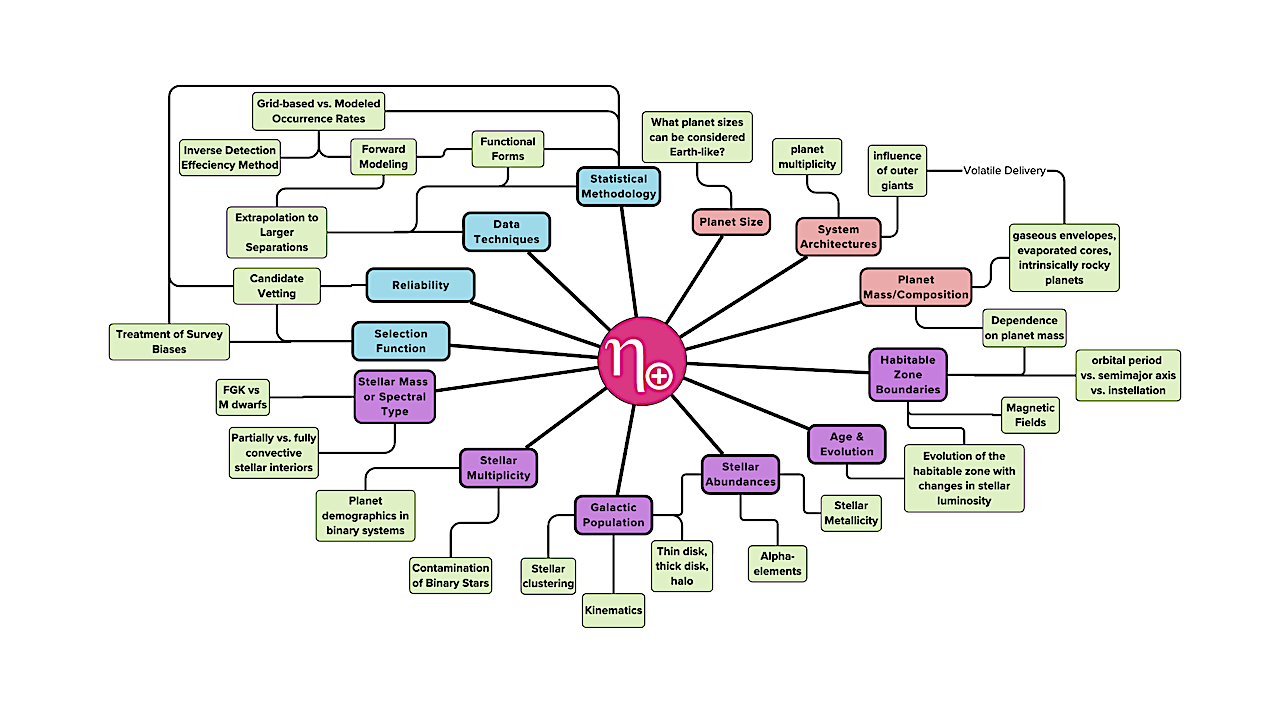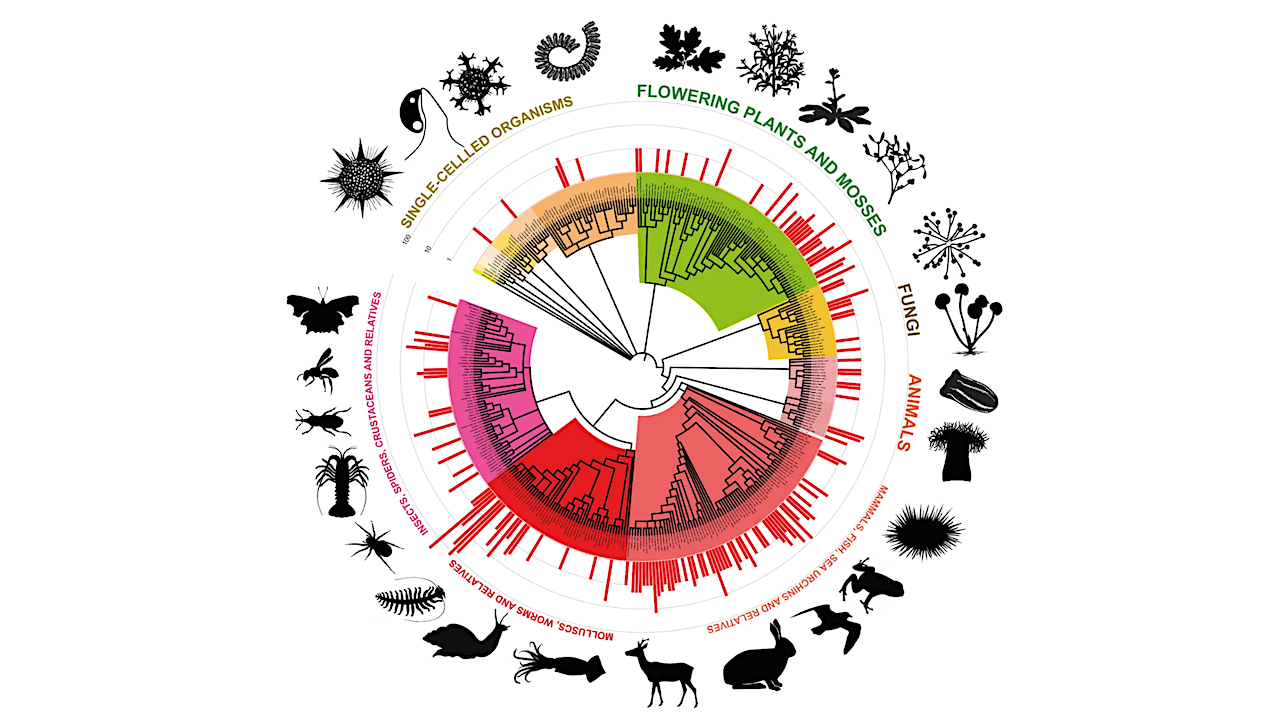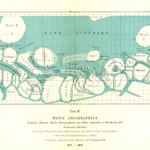Now Reading: Hidden In Plain Sight? Some Challenges And Needs For Practical Planetary Biosignature Exploration, Both Home And Away-A Mini-Review
-
01
Hidden In Plain Sight? Some Challenges And Needs For Practical Planetary Biosignature Exploration, Both Home And Away-A Mini-Review
Hidden In Plain Sight? Some Challenges And Needs For Practical Planetary Biosignature Exploration, Both Home And Away-A Mini-Review


Life processes and requirements resulting in the production of specific molecular structures that, if preserved, can function as biosignatures. B) OM domains relevant to the assessment of biosignatures in planetary samples. eartharxiv.org
Identifying organic molecular biosignatures for life is challenging. Most current analytical methods were developed on Earth sediments rich in total organic carbon (TOC), and these methods struggle when dilute organic matter is situated within reactive, mineralogically complex astrobiological samples.
Diverse geological alteration processes degrade biomarker signals, often concealing some chemical structures within hybrid species. Thermal maturation destroys biomarker chirality and primary molecular signatures at moderate burial temperatures (≤150 °C). Radiolysis, diagenesis, and maturation can eliminate reactive species and produce both lower and complex higher molecular weight products that may retain partial biological structures that are likely analytically obscured.
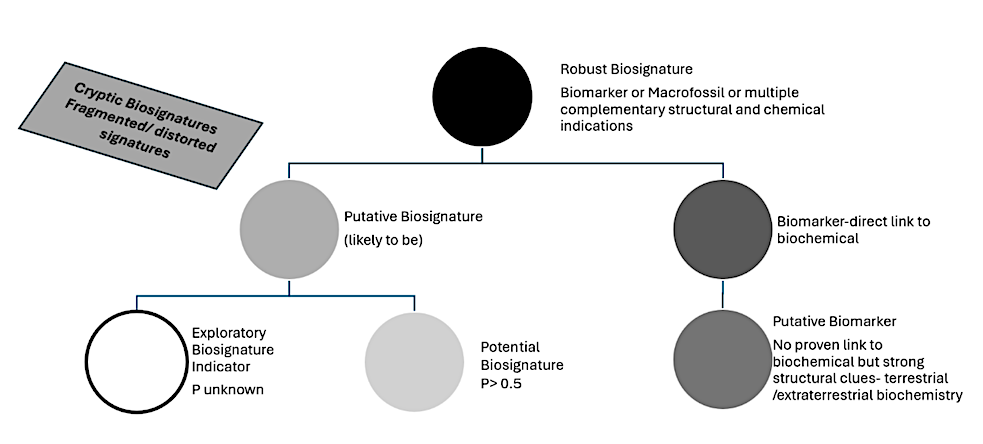
A hierarchy of biosignature terminology — eartharxiv.org
Detecting low concentrations of such molecular biosignature structures hidden in composite reaction products presents a promising research focus. Selecting samples for return missions is crucial, necessitating an effective field screening system to assess organic carbon content and thermal history in potentially low TOC samples.
Enhanced automated image-based detection of microbial structures, such as stromatolite analogs, is also a promising avenue for technological advancement, as is searching for gas transportable, resilient molecular markers, such as adamantanes, at seep locations.
Hidden In Plain Sight? Some Challenges And Needs For Practical Planetary Biosignature Exploration, Both Home And Away-A Mini-Review, eartharxiv.org
Astrobiology,
Stay Informed With the Latest & Most Important News
Previous Post
Next Post
-
 012024 in Review: Highlights from NASA in Silicon Valley
012024 in Review: Highlights from NASA in Silicon Valley -
 02Panasonic Leica Summilux DG 15mm f/1.7 ASPH review
02Panasonic Leica Summilux DG 15mm f/1.7 ASPH review -
 03How New NASA, India Earth Satellite NISAR Will See Earth
03How New NASA, India Earth Satellite NISAR Will See Earth -
 04And Thus Begins A New Year For Life On Earth
04And Thus Begins A New Year For Life On Earth -
 05Astronomy Activation Ambassadors: A New Era
05Astronomy Activation Ambassadors: A New Era -
 06From Polymerization-Enabled Folding and Assembly to Chemical Evolution: Key Processes for Emergence of Functional Polymers in the Origin of Life
06From Polymerization-Enabled Folding and Assembly to Chemical Evolution: Key Processes for Emergence of Functional Polymers in the Origin of Life -
07SpaceX launch surge helps set new global launch record in 2024













